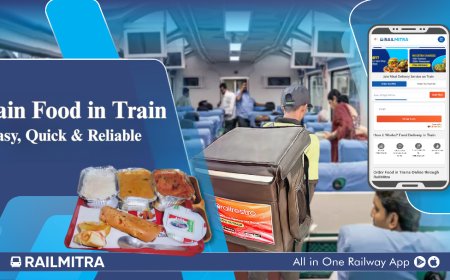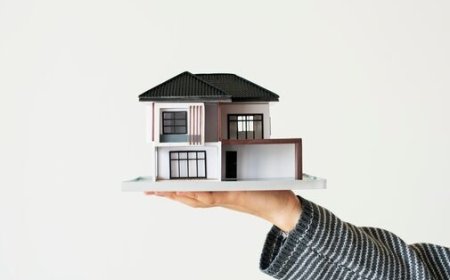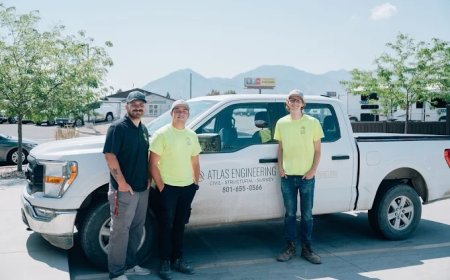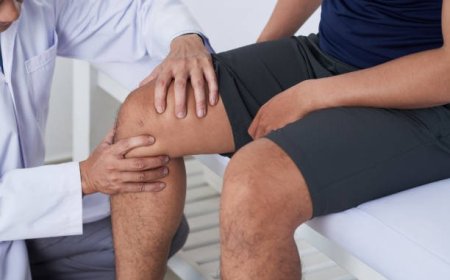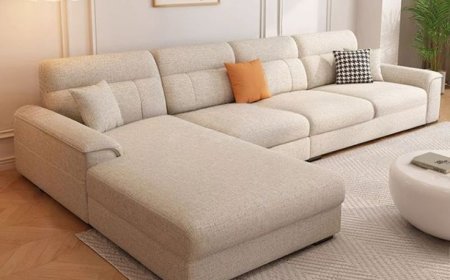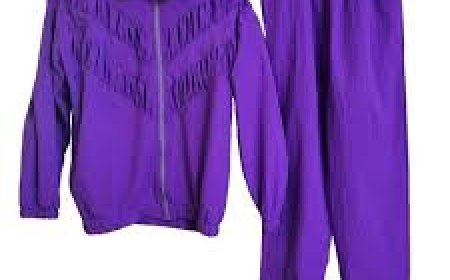Types of Spinal Disorders and Treatments
This article explores disorders and abnormalities related to the spine along with other things.
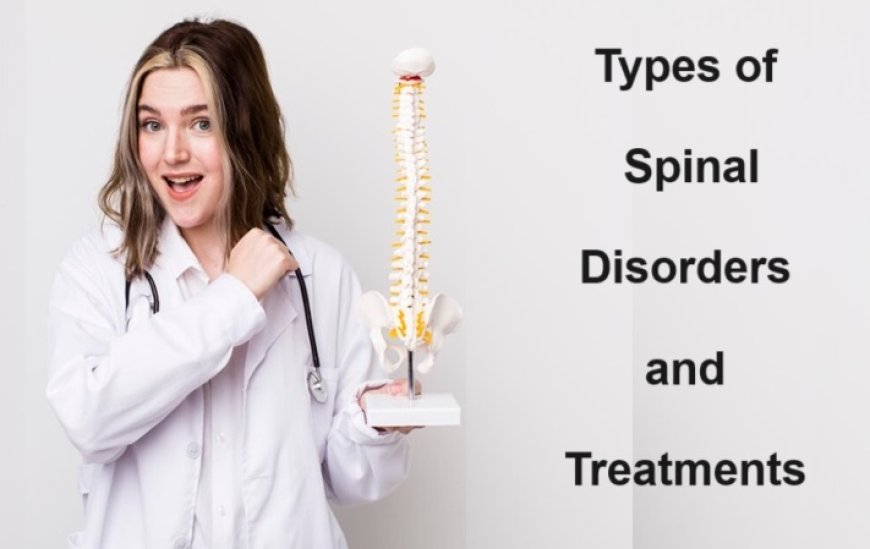
The spine is the most complicated part of the entire musculoskeletal system. This is the connection between the brain and the rest of the body as it houses and protects the spinal code.
This article explores disorders and abnormalities related to the spine along with other things.
The Anatomy of the Healthy Spine
The spine has the following components:
? Vertebrae
? Spinal Canal
? Intervertebral Discs
? Spinal Cord
When all of these components of the spine remain in position as they should be along with no signs of degeneration, the spine is considered healthy.
A healthy spine doesnt show any signs of inflammation or abnormalities.
The spine is made up of little bones called vertebrae. These units form the line of the spine together from the neck to the bottom. The vertebrae when joined together also give rise to the spinal canal.
Inside this spinal canal, the spinal cord runs from the top of the neck to the bottom of the waist connecting the brain with the rest of the body.
Between two vertebrae, a disc sits that is called an intervertebral disc. The anatomy of this disc is such that it is soft on the inside and hard on the outside.
This is the anatomy of the healthy spine.
Spinal Disorders
There are various disorders related to the spine and its parts. The major ones are discussed below.
Degenerative Disc Disease
As has already been mentioned above, between two vertebrae, a disc known as the intervertebral disc sits. This disc is not an imperishable component. Thus, as we age, such discs sustain cumulative degenerative changes because of overuse.
When an intervertebral disc wears down, this is called degenerative disc disease.
Cervical Spondylosis
The spine has four sections. Starting from the neck, these sections are called the cervical spine, the thoracic spine, the lumbar spine and the sacral spine.
The cervical spine is the section of the spine inside the neck. This part of the spine has the following vertebrae, medically known as, C1, C2, C3, C4, C5, C6 and C7.
Thus, when the intervertebral disc of two cervical vertebrae degenerates, the condition is referred to as Cervical Spondylosis.
For the healthy functioning of the spine, intact intervertebral discs are crucial. So, when such degenerative changes happen, it gives rise to inflammation in the affected area. And you feel pain, stiffness and immobility issues.
Spondylolisthesis
This is a spinal abnormality that happens because of vertebral displacement. In particular, when a vertebra, especially from the lower back slips forwards out of its place onto the vertebra below, this vertebral dislocation in the front is known as spondylolisthesis.
When this happens, it reduces the space in the spinal canal in the concerned area pressurising the spinal cord, causing the condition of sciatica neuritis and the concomitant numbness, radiating pain and mobility issues in either of the legs and buttocks.
Spinal Stenosis
The spine is made up of small bones. These bones, each known as a vertebra, sit on top of each other forming the line of the spine, but that is not all. The structure has more to it.
Each vertebra contains a cavity in the centre. So, when vertebrae sit on top of each other, they also form a long and vertical canal in the centre of the spine.
This cavity is known as an intervertebral cavity. Inside this cavity, the spinal cord is housed. When this spinal canal or intervertebral cavity narrows, the condition is medically known as spinal stenosis.
This condition reduces the space available for the spinal cord in the spinal canal. It leads to nerve irritation, compression or neuritis.
Spinal Disc Herniation
The composition of the intervertebral disc is such that it has a soft centre and a hard outer shell. When the hard part breaks abnormally because of external traumas or degenerative changes and the soft part bulges out of it, the condition is known as spinal disc herniation.
Sciatica
If either of your legs has radiating pain, sensations of pins and needles or numbness, you might have developed the condition of Sciatica or Sciatic Neuritis.
This happens when the sciatic nerve gets injured, compressed or pressurised.
This nerve is located in the buttocks and legs. Thus, Sciatica always causes radiating pain that travels from the buttocks to either leg.
Spinal Cord Tumour
Of all the other diseases related to the spine that we have discussed so far, one is also susceptible to developing tumours in the spinal cord. A tumour is a lump of abnormal tissue growth that causes symptoms ranging from pain, numbness, mobility issues and dysfunction.
If your child has pain in any of the specific sections of the spine, dont ignore it as it could be an early symptom of a spinal tumour; it is best that you meet with the right doctor for the best treatment. Visit the following link for the best doctor: top orthopedic doctor in Delhi.
Treatments
A spinal specialist can offer any of the following treatments to treat spinal disorders.
? Pain medicines to reduce inflammation
? Injections of corticosteroids to again reduce inflammatory problems
? Physiotherapy
? Surgery if non-surgical options havent worked well to provide permanent relief from pain and immobility; Discectomy, Spinal Fusion, Laminectomy, Artificial Disc Replacement (ADR) and Vertebroplasty are some examples of spinal surgeries.
Visit the following link to book your appointment with the best doctor: spine specialist doctor in Delhi.
Preventative Measures
Consider the following guidelines to reduce the risk of spinal problems.
? Use protective gear while engaging in athletic activities.
? Follow safety measures while riding a bike, driving a car, etc.
? Exercise regularly to strengthen the spine or core muscles.
? Eat enough antioxidants, calcium and vitamin D so as to avoid nutritional deficiencies.
? Drink sufficient water as dehydration is bad for overall health.
? Avoid psychoactive substances like alcohol and smoking as they hinder the absorption of essential nutrients in our body.
Conclusion
These are the spinal diseases. Early diagnosis is the key to effective treatment. Besides, it is also important that if you have been diagnosed with some spinal disease, get your treatment in time before the situation worsens.
Pay attention to preventive measures as well to avoid spinal problems.









